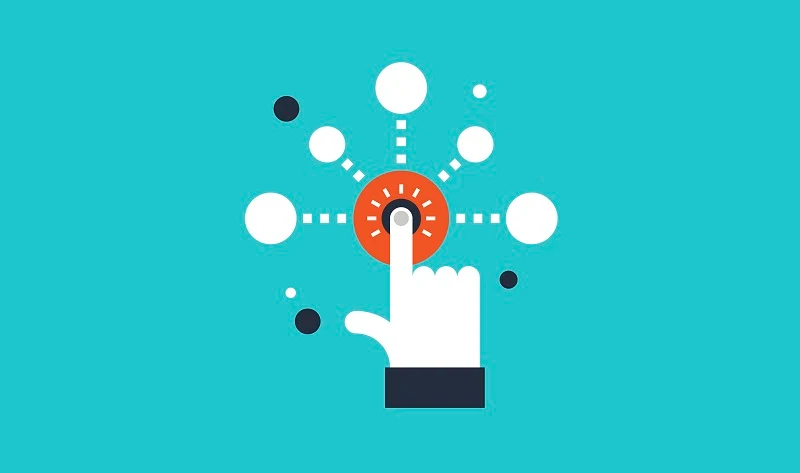
You already know that graphics boost just about any kind of content, whether a post, tweet or blog. More content developers are using infographics instead of words on a page to illustrate how things work. Take your infographics to the next level and encourage two-way conversations by making them interactive.
Interactive Graphics Gather, Assess and Target Data
There are a lot of interactive graphics (IG) on the web, particularly on news sites that use them to explain complex issues or demonstrate the impact of an event. Maps are common forms of IG. Users click on a state, for example, to see state-specific data discussed in the article, such as education spending or health care access. It's much more appealing than scrolling to your specific state and reading through a complicated table.Marketing staffers use IG to gather data directly from a target audience. They often create questionnaires using tools that perform quick, automated analysis and take readers to a page with information most relevant to their interests. Although this sounds boring, the questionnaires don't have to be serious. For example, Dish uses an interactive questionnaire to poke fun at a competitor and engage with an audience who uses the kind of services it provides.
Why Do People Interact with Media?
Interactive media attracts consumers for two major reasons:- Most people prefer graphics over written content.
- Interactive media focuses on them and their opinions.
We Live In A Visual World infographic courtesy of Ethos3.

The brain craves images, says an infographic created by the British firm NeoMam Studios, citing medical texts and political communication theory. Almost half of the brain's functions deal with visual processing, and 70 percent of sensory receptors are visual. It also works really quickly, taking just 80 to 150 milliseconds to assess and identify images, writes Marta Kryven, who studies visual perception and attention management at The University of Waterloo.
Interactive Graphics (IG) Can Guide or Let People Explore
IG can be used to guide people through a quiz or allow the audience to choose where to explore. Online education is one example of using IG to encourage exploration and learning. Marketers, it seems, have taken a page from this and run with it as well.IG thrives on the user's communication, usually through a mouse, that takes them through actions that can be programmed with relatively simple coding. For example:
- Hyperlinks change color after they have been activated
- Rollovers highlight when a selection can be made
- Popup content provides definitions or expands on a topic
- Arrows take users to previous or upcoming pages; these do not register as page bounces with search engines
- Page swiping is used for mobile devices
Interactive graphics may be driven by questions and multiple answer choices, such as a scale of one to five or prompts to make a selection. It's entirely up to the user to proceed; if the initial content is promising, users will complete even straight-out surveys, according to SurveyMonkey.
IG that markets products or services should take a storytelling approach, explains Business2Community. Begin by stating why the product or service is needed and then with examples explain how it fulfills the need or does better than current products. Or ask a few questions to illustrate why a competitor is a poor fit.
